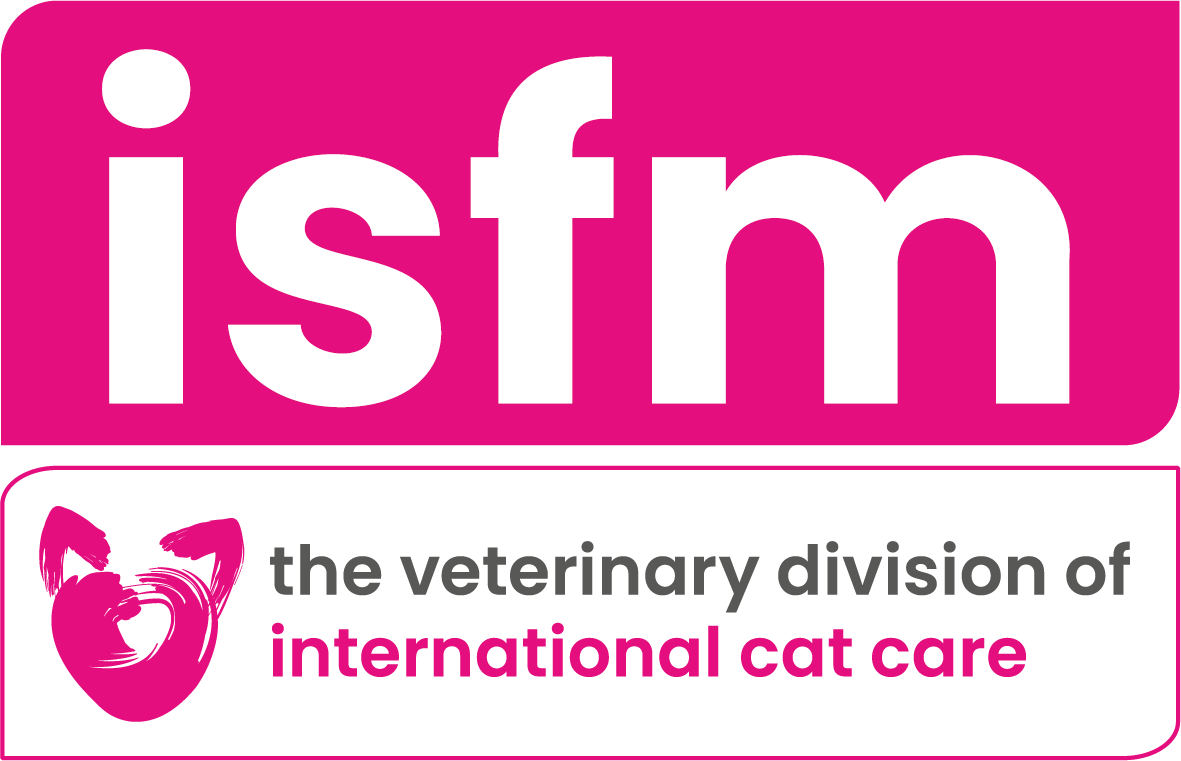
Teach Any Cat AeroKat* - 2: Building Confidence
This video on introducing the chamber to your cat and Building Confidence with the AeroKat* chamber is part of our Teach Any Cat AeroKat* video series.
This training series was created with two leading cat behavior experts from International Cat Care; a Certificated Clinical Animal Behaviorist and trainer; and Head of Cat Advocacy and author of the best-selling book “The Trainable Cat”.
Teach Any Cat AeroKat* Full Series
Developed in partnership with the International Society of Feline Medicine (ISFM), the veterinary division of parent charity International Cat Care.
Introducing Your Cat to the AeroKat* Chamber
Step 2 involves gently accustoming your cat to new objects, scents, and sounds. Through learning to feel relaxed and positive about a variety of new things, your cat is more likely to accept the chamber as just another new thing that leads to rewards.
Using Common Household Items
Some of those new things help prepare your cat, gradually and positively, to voluntarily placing its nose into the mask. Introduce your cat to the concept of putting its head near and in objects, starting with objects with wide openings and progressing to smaller openings, including the mask. The mask is introduced inside out for ease of training, which is needed in step 3.
Through shaping, initially also with luring (that is placing the food [which may be a treat] in the object), you can introduce food in a wide-open bowl or plate, moving on to large plant pots, which are more enclosed, and gradually progressing towards smaller pots, then toilet rolls which more closely represent the size of the mask, and finally the mask (covered in detail in the Step 3 video). Cutting the base off the smaller objects helps makes them appear less enclosed, and thus less daunting to your cat, and helps with food delivery.
Taking the Fear out of the Sound a Cat Inhaler Makes
Cats also need to be fully comfortable with the sounds of the inhaler being shaken and dispensed. When depressed, the medication is released with a “hiss” sound, which may naturally be startling or even threatening for cats. As we do not want to create bad impressions, take time and care to build calm acceptance of a variety of noises which resemble those of the inhaler.
Play a recording on your phone
Play a low-volume recording of the inhaler hiss sound, each time followed by a piece of food. You should start with it at a barely audible level and work up. Gradually, increase the volume, pausing after each sound to dispense the food. If your cat is relaxed and welcoming the food, proceed with caution to a realistic volume.
Use a muffled spray can
To increase confidence, you can also use muffled air spray cans, away from your cat, to simulate the hiss sound, each short “hiss” predicting food. Gradually, progress to shaking and dispensing the inhaler, away from your cat, followed with food each time. (Note: during training, it is important to puff the inhaler well away from your cat, not just to avoid startling them, but also as there will be medication going into the air.) By taking your time, and building slowly, your cat will come to look forward to these unusual sounds, rather than being worried by them.
Conditioning Your Cat to the Smell of the Medication
The scent of the medication will be unfamiliar to your cat’s sensitive nose, and also potentially unpleasant if not introduced carefully. By introducing a variety of mild and innocuous scents, paired with food, you can help your cat perceive new scents as a positive experience. Please check with your veterinarian as to which scents are safe for cats. We have used tea and coffee, some herbs and spices, and also some very mild and weakened products, such as body lotion, on swatches of kitchen towel.
Place these mild scents where your cat can explore them voluntarily. Finding food during the exploration creates positive outcomes and thus good associations.
Confidently Interacting with New Objects, Sounds, and Scents
Bringing together the separate sensory components you have trained your cat for comfort around will help further prepare your cat for the real thing. For example, start again with your largest-opening pot, but this time place a mild scent at the back of it, using food to lure initially and reward with food for head-in-scented-pot. Shape the behaviour through the ever-decreasing-sized objects, ending with the mask, but this time, all the objects are scented.
Only when your cat is confidently interacting with new objects, sounds and scents, should you introduce the full Aerokat* chamber. Do this with the chamber away from your cat, scattering food around it, and allowing voluntary exploration.
Then, manipulate the chamber, opening and closing it, dispensing the medication. All actions followed by food so your cat feels comfortable with the sights and sounds of the assembled Aerokat*.
Gradually, put it all together: the shaking of the inhaler, attaching it the chamber, presenting it to your cat, allowing voluntarily approach, and rewarding at the end of the sequence. Once mastered, you and your cat are ready to move onto Step 3.
This will all take practice to build up to, so take your time with each stage. Teaching the building blocks well will ensure forward momentum and success. In Step 3, we teach your cat how to voluntarily place their nose in the mask.


